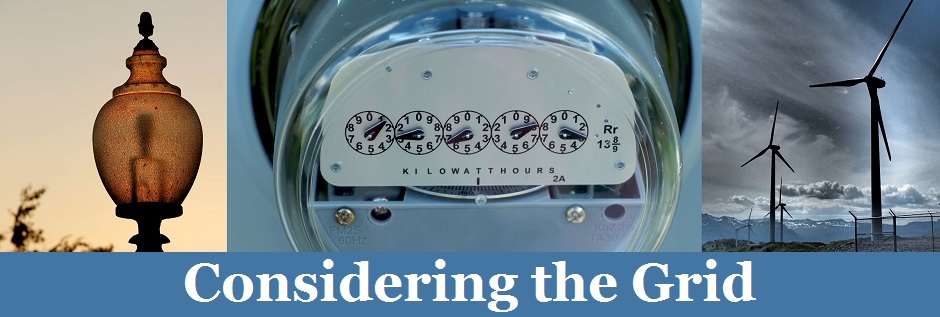The information contained in Considering the Grid is provided for informational purposes only and should not be construed as legal advice. Spiegel & McDiarmid expressly disclaims all liability in respect to actions taken or not taken based on any or all the contents of this site. Continue reading

Subscribe to Blog via Email
Search Past Posts
Tags
- 5th Circuit
- ACE
- Agency guidance
- Annual Energy Outlook
- Arctic
- Army Corps of Engineers
- Behind-The-Meter Generation
- Budget
- CAISO
- California
- carbon
- Carbon Pricing
- Carbon tax
- CCS
- CEIP
- CEQ
- Clean Air Act
- Clean Power Plan
- Climate
- Climate Change
- Coal
- Coal ash
- Comments
- Commerce
- Communities
- Compliance
- Congress
- CPP litigation
- CSAPR
- Cybersecurity
- D.C. Circuit
- Demand Response
- Department of Defense
- Distributed Energy Resources
- DOE
- DOI
- EIA
- Electric grid
- Electric industry
- Electricity
- Electric vehicles
- Energy efficiency
- Environment
- EPA
- ERCOT
- Executive Orders
- Federal Agency Reports
- Federal Courts
- Federal Power Act
- Federal Register
- FERC
- Financing
- FIP
- Fuels
- GHG emissions
- Global energy
- Grid Modernization
- HAP
- Hawai'i
- Health
- Hydro
- Infrastructure
- Initial Submittal
- International
- ISO New England
- Jobs
- Judicial review
- Keystone XL
- Marine
- Market rules
- Mass-based
- Massachusetts
- MATS
- Methane
- MISO
- Modeling
- NAAQS
- NACAA
- NARUC
- Natural Gas
- NEPA
- NERC
- Net Metering
- New York
- NSPS
- Nuclear
- NYISO
- Oil
- Paris Agreement
- Performance Based Regulation
- PJM
- President
- QER
- Rate-based
- Rate design
- Regional Haze
- Reliability
- Renewables
- Resilience
- RICE
- Rulemakings
- SIP
- Solar
- SPP
- State goals
- State PUCs
- State regulation
- Stay
- Storage
- Supreme Court
- Tax
- Technology
- Trading
- Transparency
- Transportation
- Tribes
- United Nations
- Utility Planning
- Water
- Webinar
- White House
- Wind
- World Bank

Out with the Old, in with the New: Moving from the CPP to the Proposed FIP
When the Clean Power Plan was published in the Federal Register in October, EPA also released its responses to the millions of comments it received. These responses are helpful in understanding aspects of the CPP and getting a better sense of EPA’s rationales in more detail. With the new year come new opportunities to make your voice heard: comments on the proposed federal plan and model trading rules are due January 21, 2016. EPA has compiled a summary [link eliminated] of the issues on which it specifically seeks comment. Many states are also engaging in their own stakeholder processes related to the CPP, so there may be opportunities to comment at the state level.
We wish all our readers a very happy New Year, and we will see you in 2016!
Related